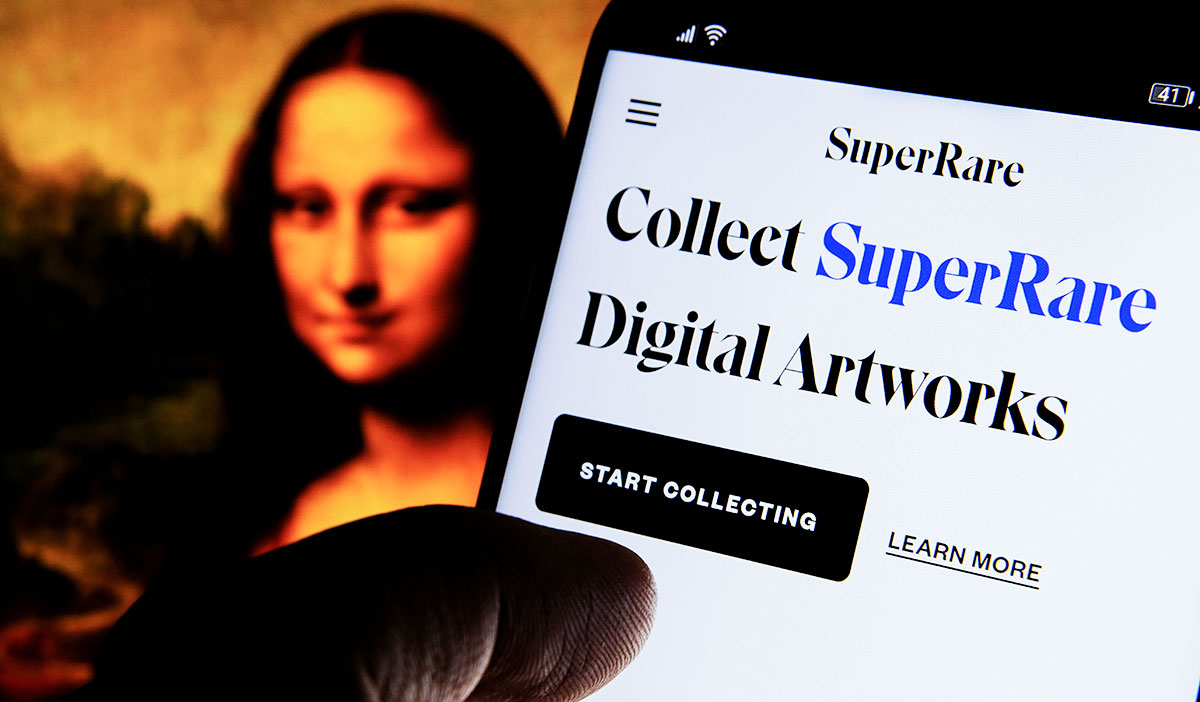For anyone following the online conversation for a while, NFTs have been all over the place. Non Fungible Tokens, or NFTs for short, are one-of-a-kind digital collectibles. These are blockchain-based and are quickly becoming the hottest new investment. But propaganda, skepticism, conspiracies, and confusion always surround any new technology, and NFTs are no different.
We’ll look at some prevalent myths and facts to better get an informed opinion.
Do NFTs Harm the Environment?
Myth, with a side of doubt. Many potential investors are concerned about this because they do not want to invest in something that could potentially harm the environment. As the number of transactions on the blockchain grows, so does the amount of power needed by the computers and servers that run it. As a result, they consume more energy and contribute to climate change.
However, this assumption is not totally correct. The global network of computers that power the Ethereum blockchain mines “proof of work” all day, every day so regardless of how many NFTs are produced, that network of computers will require the same amount of energy. The problem that must be solved is the energy consumption associated with proof-of-work mining. The Ethereum community is currently working on several viable solutions, including new techniques for mining and scaling solutions.
NFTs Promote Forgery
Myth. Validating the uniqueness and rarety of digital treasures is a prevalent problem, particularly as the value of counterfeit and stolen goods grows. But this is why we have blockchain. A blockchain is a network of distributed transaction ledgers that keep an eye on cryptocurrency transactions to ensure that they are all genuine and unalterable. The blockchain establishes a transparent chain of titles when the coin is an NFT. As a result, collectors may be sure that their single digital file is the “original.”
NFTs Can Be Bought or Sold
Myth. NFTs are the mechanism through which you conduct transactions for digital goods and services; which means you cannot buy or sell them. You presumably have a license key if you have software installed on your computer. In fact, the license key identifies you as the owner of certain rights to that software, such as the ability to create your own digital goods. The license key is how the corporation recognizes you as the person to whom those rights were sold.
NFTs are license keys for digital goods that are recorded on a blockchain instead of being held in a single database.
NFTs Are Not Like Stocks
Truth. NFTs follow the traditional investing philosophy of buying low and selling high. NFTs, on the other hand, are not like stocks or bonds, where the inherent value of the investment is known. The market value of NFTs is determined by how much the crypto community is willing to pay. Once you’ve purchased an NFT, you’ll need to find someone more willing to pay a greater price for it. NFTs have no significant dividend or interest income.
This being said, additional models are rapidly emerging in the NFT arena, where the buyer may have the right to profit from the NFT investment, so it’s important to remain up to date and master the latest tools and knowledge available to keep up with it as a professional.
A step in the right direction would be discovering ESiLV’s FinTech Engineering Master’s which aims to train future engineers in all the innovative technology that is essential for evolving and innovating in businesses that are reinventing financial professions as well as develop the following skills:
- Designing, developing, and administering blockchain solutions.
- Developing innovative financial apps.
- Mastering economic and financial models for banking and insurance.
- Mastering cryptocurrency challenges and technologies.
- Mastering the algorithms of machine learning and data analysis.
Master the art of financial technology by following your instinct while taming it with the latest modules of the major.







